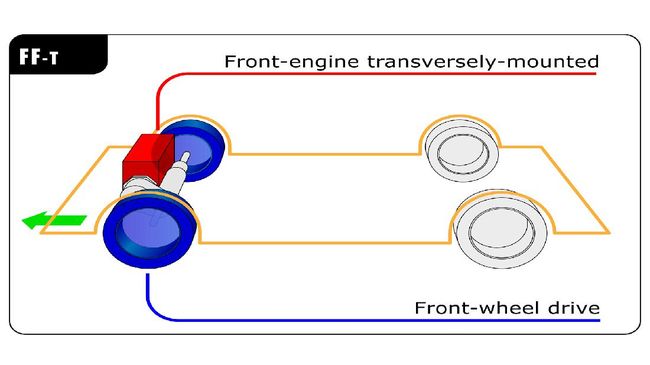Jakarta, CNN Indonesia —
The wheel drive system on a car can be front, rear, all-wheel, or an electronically regulated combination. Each type has advantages and disadvantages, but the most commonly used in modern cars today is front-wheel drive alias FWD (front wheel drive)
FWD means that the power generated by the engine is channeled to the two front wheels. This configuration is favored by manufacturers because it makes car production cheaper because it doesn’t have too many components.
In general, FWD can also be more efficient and able to travel longer distances than rear-wheel drive (RWD) or all-wheel drive (AWD) because it is lighter in weight because it does not require many components, such as a propeller shaft.
FWD is also superior in terms of traction in the front of the car because the two tires that are the source of movement are suppressed by the weight of the engine and transmission from above. When road conditions are slippery, such as rain or snow, FWD is better than RWD.
The weakness of FWD is when cornering, especially at high speeds. According to US Auto Sales, FWD won’t be more responsive than RWD in those conditions.
RWD
RWD vehicles are a bit more technically complex than FWD. Power from the engine is transmitted to the two rear wheels via the propeller shaft and differential.
RWD vehicles are said to be much better than FWD in corners and much more stable than FWD at high speeds.
Citing explanation Toyota Astra Motor, the load transferred to the rear allows the car to have a better front-rear balance. This is one of the reasons why sports cars use RWD.
In addition, the division of tasks between the front and rear wheels makes the car more balanced and has a better steering response. The rear wheels provide power, while the front wheels control the direction of the car.
In theory, this makes the car have better traction when turning than on FWD, where the front wheels are used for acceleration as well as determining the direction of the turn.
However, since the load at the rear is not as large as the load in front, this can make it easier for the RWD to lose traction and tend to oversteer.
RWD vehicles also sometimes feature AWD or 4×4. Please note that when you enter driving mode into 4×4, the vehicle will get power to all four wheels as needed.
(ryh / fea)
– .

